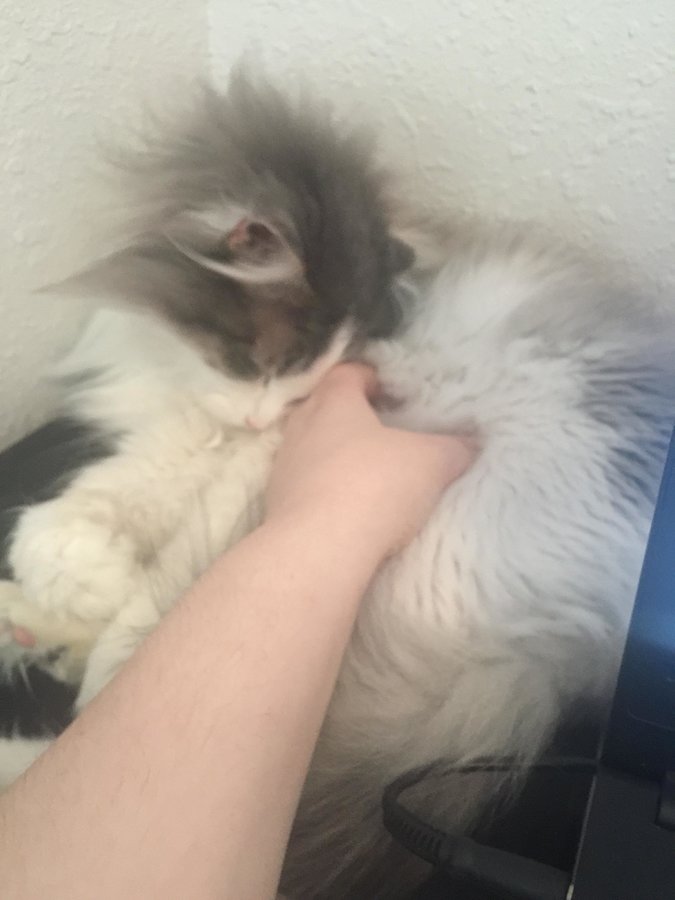- Joined
- May 29, 2016
- Messages
- 55
- Purraise
- 33
The great puzzlement. When we got Freya, they didn't tell us anything about her breed, or her health...just that her siblings picked on her via pulling out her fur and keeping her away from food. We speculated at first that she was a norwegian forest cat, which is why she was renamed Freya from Sassy, but when we took her to the vet, the vet speculated that she was a domestic long hair, but I've done research and...there's not really anything such as a dhl, although it does come up...I have always wondered what she was, so I figured I'd post some pictures of her here for you guys to look at, and give me your best guestimate.
I don't have a good camera on my phone, sorry...so hopefully that video can help some.
I don't have a good camera on my phone, sorry...so hopefully that video can help some.
Last edited by a moderator:






